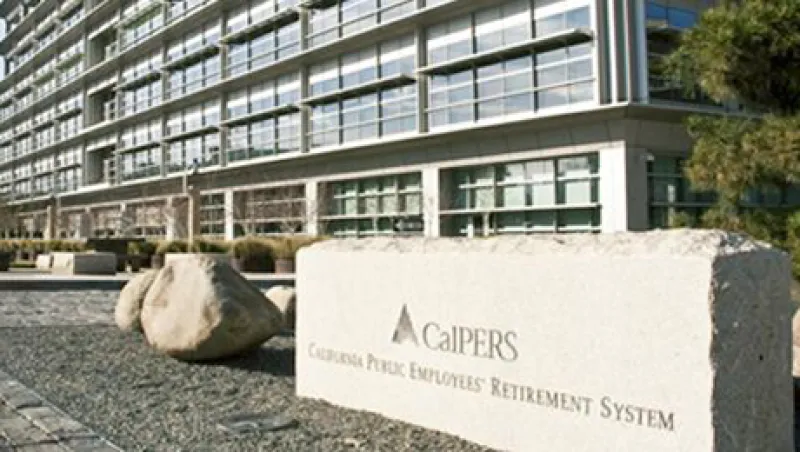Is it possible that a pension fund that was led by an alleged (and indeed charged) crook and fraudster from 2002 to 2008 could also be the single most important agent for change in the domain of good corporate governance and long-term investing? As it turns out, yes. Yes it is possible.
The $235.5 billion CalPERS would undoubtedly like to forget its now infamous ex-CEO Federico Buenrostro, but the fund can be proud of all the work it has done over the past three decades to extend the time horizon of investing and better align interests between investors and portfolio companies.
It was in 1984 that the pension first launched its corporate governance reform, and 1985 that it co-founded the Council of Institutional Investors. And, since then, it’s been working hard to push the boundaries of conventional institutional investment. Even today, the fund is pushing boundaries, unveiling its new approach to ‘Total Fund ESG Integration’. You can read all about this new policy in this report entitled “Towards Sustainable Investing: Taking Responsibility”. Here’s an interesting blurb:
“Take the example of environmental risk. In the longer term, we recognize that rising demand for food and resources globally, coupled with the likely effects of climate change, will have a potential impact on risk-adjusted returns.”
“We are also clear that governance matters. The alignment of interests between investors and managers is vitally important. Hence, our focus on issues like voting rights, compensation for executives and performance fees for our fund managers. We also know that social issues can affect performance. How a company treats its employees, its reputation in the community and issues like human rights in global supply chains, can present risks and also opportunities.”
“Economists think of this as three forms of capital, which companies deploy to create value. Companies need financial capital. That’s where investors like CalPERS step in. This is why we are concerned with governance. Companies also then need human capital — capital to good use. This gives investors an interest in the social dimension. Thirdly, companies need physical capital such as equipment, electricity, water, transport and buildings for example. This gives us an interest in the environment. This is the context for our thinking on “ESG issues”— they represent the three forms of capital that companies use to create value. Understanding the interplay will inform our investment decisions. And long-term value creation is at the heart of sustainability. “
CalPERS (and other funds) often take heat for being “activists” with these sorts of investment policies. And this is especially true where a link can be made with political motivations or, dare I say, corrupt dealings. But, when implemented with good pension fund governance, I don’t see these policies in a negative light at all. In fact, I see this as proof of a fund searching for ways to extend its time horizon (in an increasingly short-term environment), better align interests (in a market where intermediation seems increasingly unaligned), and price a broader array of risks into investment decision-making (that aren’t being picked up by MPT or CAPM).
Somebody explain to me why we all shouldn’t be applauding CalPERS for taking the lead on this? No seriously. Isn’t a sustainable (read: long-term) investment policy in the ultimate interest of CalPERS’ beneficiaries?





